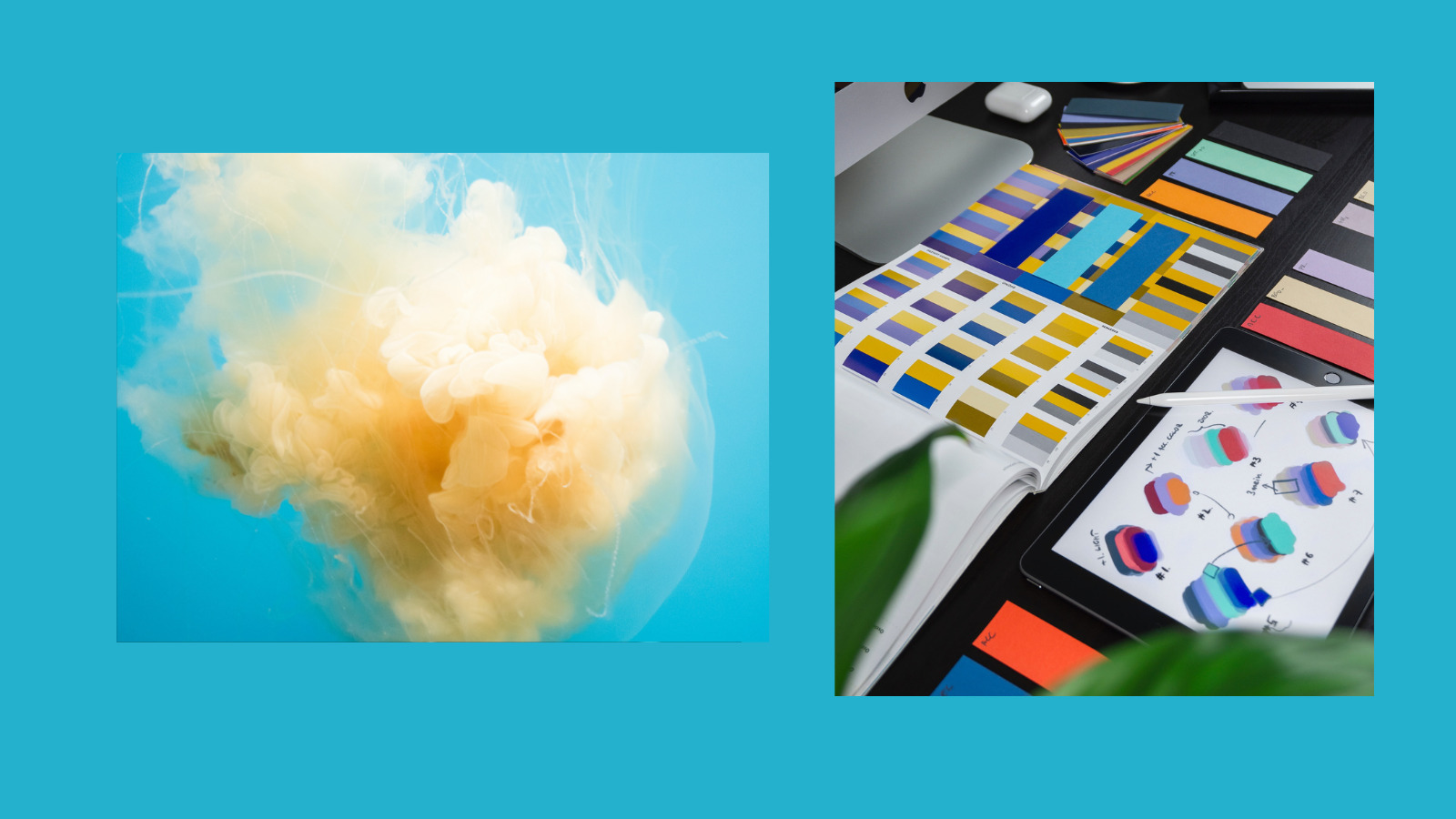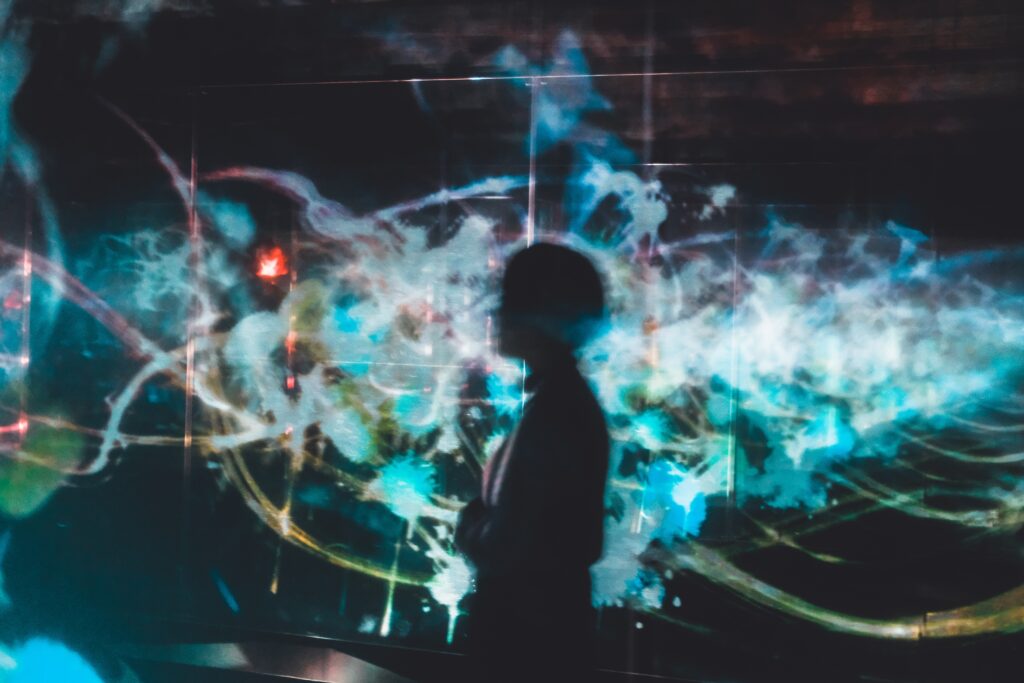
17 Aug The Heartbeat of Design: Infusing Emotion into Digital Interfaces
Emotional design is the strategic fusion of aesthetics and usability to evoke emotions that complement user experiences. Emotional design thus recognizes that the core of our relationship with technology is more than purely functional. Emotion is the heartbeat of design. In this blog post, we will delve into the significance of emotional design and how it is used in crafting digital interfaces. We’ll also discuss its impact on user engagement, and showcase case studies where design elements have been masterfully orchestrated to evoke specific emotions and memorable experiences.
In Donald Norman’s “Emotional Design: Why We Love (or Hate) Everyday Things” – he breaks down emotional design into three levels: visceral, behavioral, and reflective.
- Visceral Level: This level captures the immediate sensory and visual impact of a design. It’s the initial gut feeling that a user experiences upon encountering an interface according to the human senses. Colors, shapes, sounds, and imagery play a crucial role in triggering visceral reactions.
- Behavioral Level: At this level, the focus shifts to the interaction between the user and the interface. It’s about usability and functionality, but with a twist of emotion. Smooth animations, intuitive navigation, and microinteractions contribute to a positive user experience. Duolingo, a language learning quiz app, brilliantly employs gamification and microinteractions to make learning engaging and exciting. Positive reinforcement is repeatedly provided when users hear a specific jingle whenever they get an answer correct. Friendly animations of characters will also appear to encourage the user’s progress.
- Reflective Level: This level involves the user’s long-term relationship with the interface. It’s about the memories, associations, and emotions tied to the experience. Reflective design aims to create a lasting emotional connection that enables self-reflection. Nike’s Creative Arts Emmy Award-winning “Dream Crazy” campaign is a prime example of how emotional storytelling can shape user perceptions and build a brand’s identity. The advert features Colin Kaepernick, a civil rights activist and former American football player, and several other athletes such as Serena Williams. It leverages emotional, reflective, design by narrating the struggles and obstacles of these athletes and their arduous career journeys. According to a Breal.TV report, the “Dream Crazy” campaign also brought in $43 million dollars worth of media exposure for Nike.
Emotionally driven user experiences have a profound impact on user engagement and brand reputation. When users connect with a company or brand’s design on an emotional level, they are more likely to form a strong bond with their products. This bond translates into increased brand loyalty and higher user retention rates. Emotions are intricately tied to memory, and experiences that evoke strong emotions tend to be remembered more vividly.
In the early days of the internet, design primarily focused on functionality. A website or digital product’s mere ability to perform its intended tasks was considered a mark of success. However, as the digital landscape continues to transform, so too does the role of emotional design, particularly in the realm of user experience (UX). AI and ML now enable the customization of emotional design, tailoring it to individual user preferences, behaviors, and emotional triggers. Rather than generating a generalized emotional response, digital interfaces can adapt in real-time to evoke emotions that resonate uniquely with each user. This hyper-personalization elevates emotional design from a generalized concept to a dynamic and ever-evolving aspect of digital interfaces. Additionally, emerging technologies such as biometrics and emotion detection contribute to the evolution of emotional design. These advancements empower interfaces to detect users’ emotional states and seamlessly adjust the user experience to align with their emotions. For instance, if a user’s emotional state indicates stress, the interface could recalibrate to provide a more soothing and calming interaction. A good example of this is the Spotify app which creates regular, personalized, playlists such as “Made for You”, “Discover Weekly”, and “Daily Mix”. Behavioral Design resonates through Spotify’s uncanny ability to predict and fulfill users’ musical desires. By adeptly meeting user needs and aspirations, Spotify embeds a sense of accomplishment and satisfaction into its behavioral design. Reflective Design is also incorporated in Spotify’s “Wrapped” feature, an annual recap of users’ musical journeys that invites communal reflection and sharing. Through “Wrapped”, Spotify taps into the innate human desire to share experiences, enhancing user connection and appreciation. The simple, bold, and vibrant visual design of Wrapped also encourages a warm user response, creating an enduring memory that strengthens the bond between user and app.
 Virtual Reality (VR) and Augmented Reality (AR) also present novel avenues for emotional design. These immersive technologies offer unparalleled opportunities to craft emotional experiences that engulf users in a sensory-rich environment, intensifying emotional engagement. The use of emotional design within VR and AR technology has been notably researched by the REVEAL Research Centre at the University of Bath, through simulations. The research team found that a sense of agency and usability is particularly important for immersive emotional design. Moreover, it is also important that developers are transparent as possible with their use of user data. The International Design Foundation similarly argues that “users subconsciously evaluate how your design helps them achieve goals, and how easily. They should feel satisfied that they’re in control, with minimum effort required.”
Virtual Reality (VR) and Augmented Reality (AR) also present novel avenues for emotional design. These immersive technologies offer unparalleled opportunities to craft emotional experiences that engulf users in a sensory-rich environment, intensifying emotional engagement. The use of emotional design within VR and AR technology has been notably researched by the REVEAL Research Centre at the University of Bath, through simulations. The research team found that a sense of agency and usability is particularly important for immersive emotional design. Moreover, it is also important that developers are transparent as possible with their use of user data. The International Design Foundation similarly argues that “users subconsciously evaluate how your design helps them achieve goals, and how easily. They should feel satisfied that they’re in control, with minimum effort required.”
Overall, infusing emotional design into digital interfaces empowers designers to orchestrate emotional journeys that meld seamlessly with users’ surroundings. The various uses of Extended Reality (XR), AI, ML, and real-time data adaptation have been particularly important in the development of emotional design. As interfaces become more immersive and adept at sensing and responding to user emotions, interactions will become increasingly intuitive, empathetic, and rewarding. By crafting experiences that evoke emotions and resonate with users on a profound level, technology’s potential as a conduit for emotional engagement is rapidly flourishing, paving the way for a future where virtual and emotional realities intertwine.

